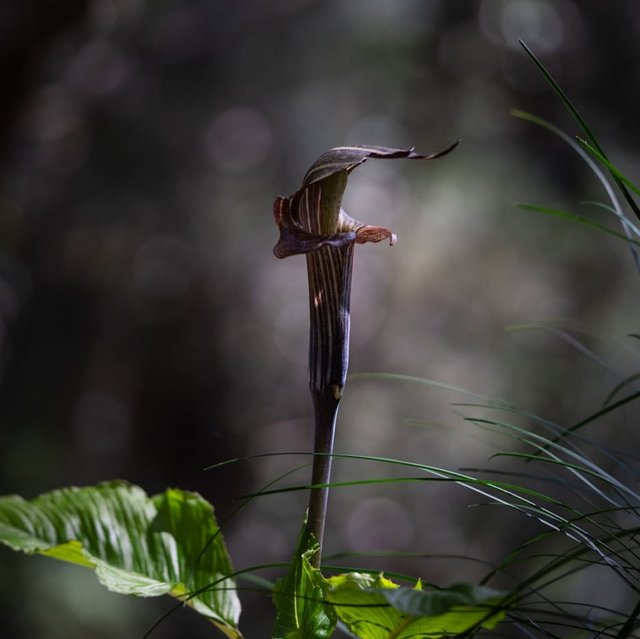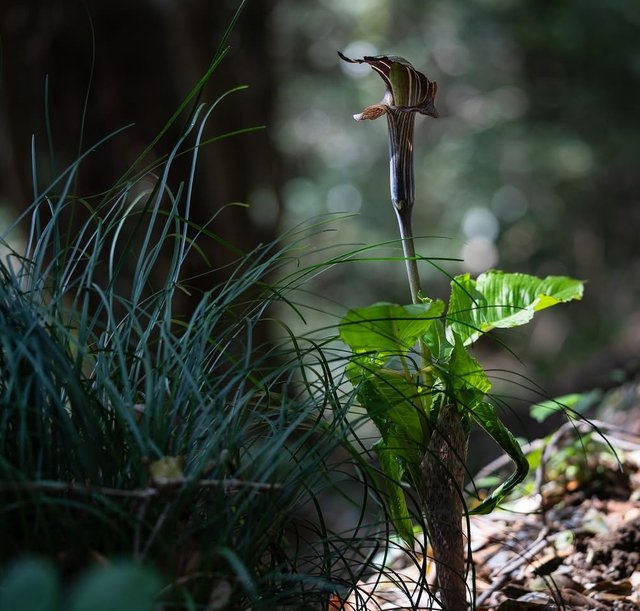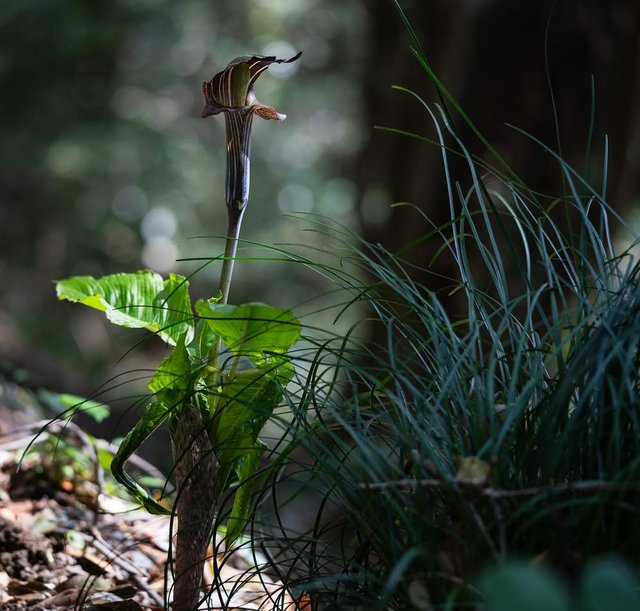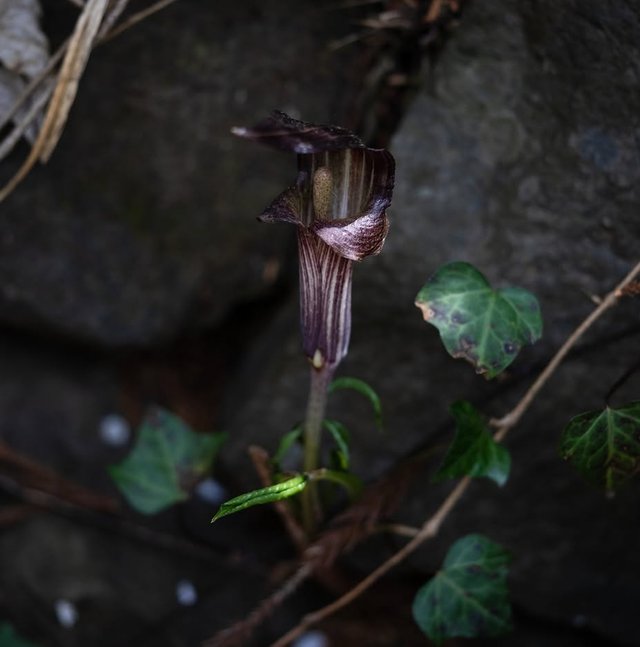Discovering Arisaema serratum: A Striking Shade-Lover from Japan’s Forests
If you’re fascinated by the mysterious and dramatic world of shade-loving woodland plants, Arisaema serratum is a species that deserves your attention. With its haunting beauty, sculptural flowers, and intriguing botanical features, this lesser-known member of the Arum family is both a horticultural treasure and a symbol of the delicate biodiversity of East Asian woodlands.
Origins and Natural Habitat
Arisaema serratum is native to Japan, where it grows in moist, shaded mountain forests from Honshu to Kyushu. It thrives in dappled light under the canopy of deciduous trees, often near streams or in humid woodland environments. This species is a testament to the lush biodiversity of Japan’s temperate forests and is part of a genus that includes over 150 species distributed throughout Asia and North America.
Appearance and Identification
The name serratum comes from the Latin word for “saw-toothed,” referring to the finely serrated edges of its large, divided leaves. Typically, a mature plant will produce a single, umbrella-like leaf divided into several lance-shaped leaflets, each with those distinctive serrated margins.
The most captivating feature of A. serratum, however, is its inflorescence. Like all Arisaema species, it produces a spathe and spadix rather than traditional flowers. The spathe — a hood-like structure — is often a deep purple or maroon with greenish stripes, curling elegantly around the spadix, which may be pale, purple, or even snake-like in appearance. This dramatic “flower” can look exotic and even slightly sinister, earning Arisaema species nicknames like "cobra lily" or "jack-in-the-pulpit."
Growth Cycle and Cultivation
Arisaema serratum is a herbaceous perennial that emerges in spring and goes dormant by late summer or early fall. It grows from a corm and reproduces both by seed and vegetatively via offsets.




| Device | cannon eos 700D |
|---|---|
| Lens | 55-250 zoom leans |
| Location | Bangladesh |
